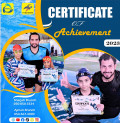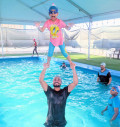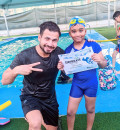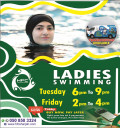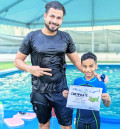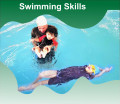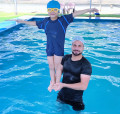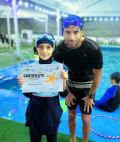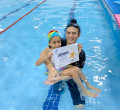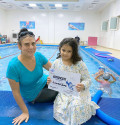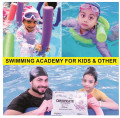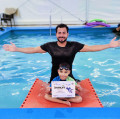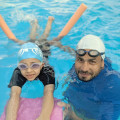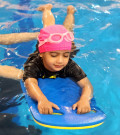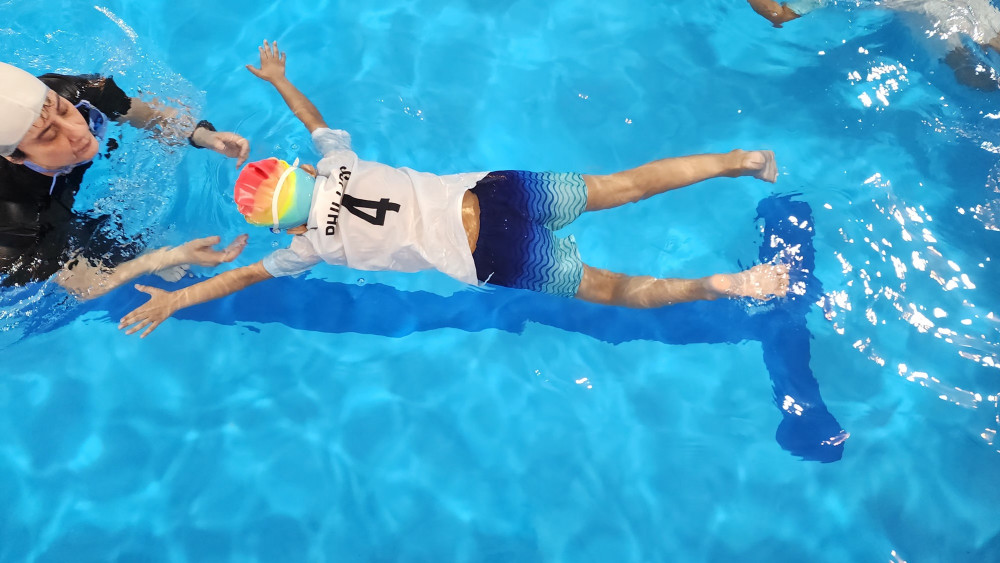
Begin by teaching children the basic arm movements and breathing techniques on water surface
2024-04-01 - swimmingKids Swimming Mastering the Front Stroke Technique
Swimming is not just a recreational activity; it's a life
skill that every child should learn. Among the various swimming strokes,
mastering the front stroke, also known as freestyle, is essential for young
swimmers. This article will delve into the benefits of swimming for children,
particularly focusing on the front stroke technique, teaching methods, safety
precautions, and ways to make swimming enjoyable for kids.
Physical Health Benefits
Swimming provides an excellent full-body workout, promoting
cardiovascular health, muscle strength, and flexibility. It's a low-impact
activity, making it suitable for children of all fitness levels.
Mental Health Benefits
Engaging in swimming activities helps reduce stress and
anxiety in children. The rhythmic movements in water have a calming effect on
the mind, promoting mental well-being and relaxation.
Basic Movements
The front stroke involves rhythmic arm movements combined
with flutter kicks to propel the body forward. Proper breathing technique, body
position, and coordination are crucial for efficient swimming.
Importance of Form and Technique
Maintaining proper form reduces drag and maximizes speed.
Emphasizing correct technique from the beginning ensures that children develop
good habits and avoid injury.
Step-by-Step Guide
Begin by teaching children the basic arm movements and
breathing techniques on dry land. Gradually introduce them to the water,
starting with shallow areas and providing support as they practice kicking and
arm strokes.
Common Mistakes and How to Correct Them
Common mistakes include improper breathing, incorrect arm
positioning, and kicking technique. Patiently correct these errors by
demonstrating the correct movements and providing gentle guidance.
Supervision
Never leave children unattended near water, even if they are
competent swimmers. Designate a responsible adult to supervise swimming
activities at all times.
Pool Safety Measures
Ensure that the swimming pool is equipped with safety
features such as fences, life jackets, and emergency equipment. Educate
children about pool rules and safety guidelines.
Making it Fun and Rewarding
Incorporate games, challenges, and rewards to make swimming
sessions enjoyable for children. Celebrate their progress and achievements to
boost their confidence and motivation.
Overcoming Fear of Water
Address any fear or apprehension towards water with patience
and understanding. Gradually expose children to water activities, providing
reassurance and support as they build confidence.
Refining Skills
As children become more proficient in the front stroke,
focus on refining their technique and increasing endurance. Introduce drills
and exercises to improve speed, efficiency, and endurance.
Competitive Swimming Tips
For children interested in competitive swimming, provide
opportunities for training and participation in swim meets. Emphasize the
importance of sportsmanship, discipline, and goal setting.
Conclusion
Learning to swim and mastering the front stroke technique is
a valuable skill for children that promotes physical fitness, mental
well-being, and water safety. By following proper teaching methods, safety
precautions, and fostering a supportive environment, children can develop
confidence and enjoyment in swimming.







.jpg)




















